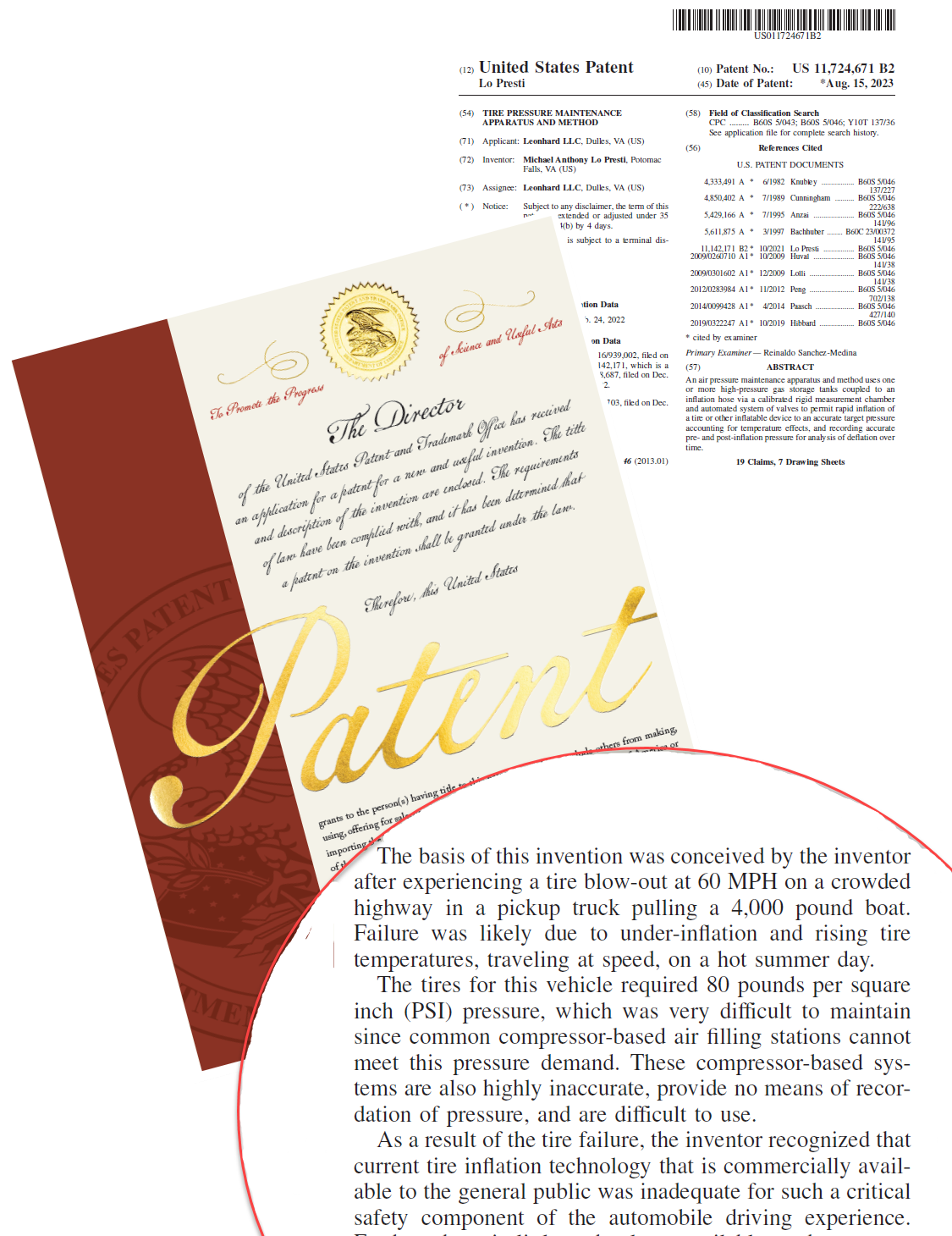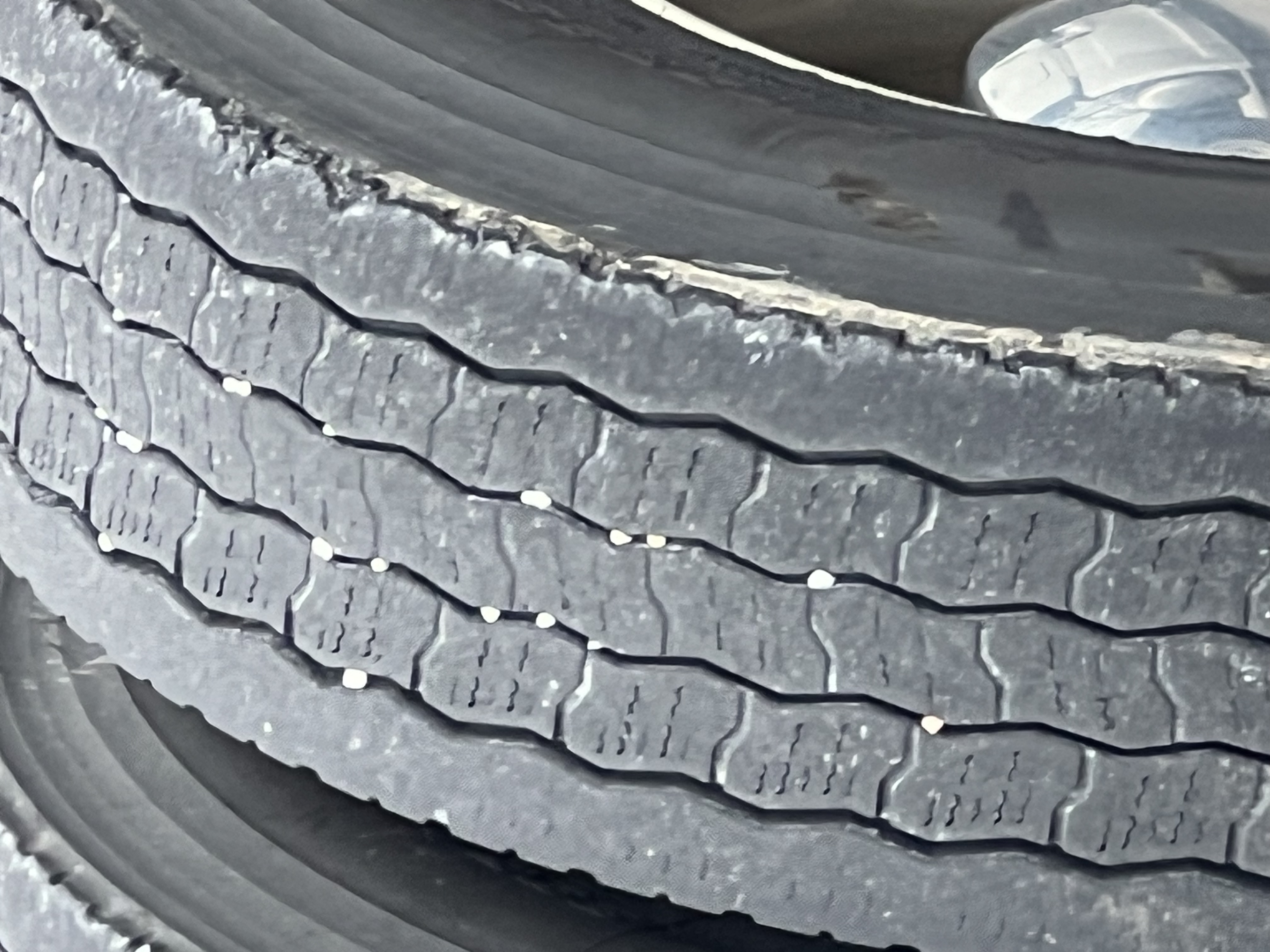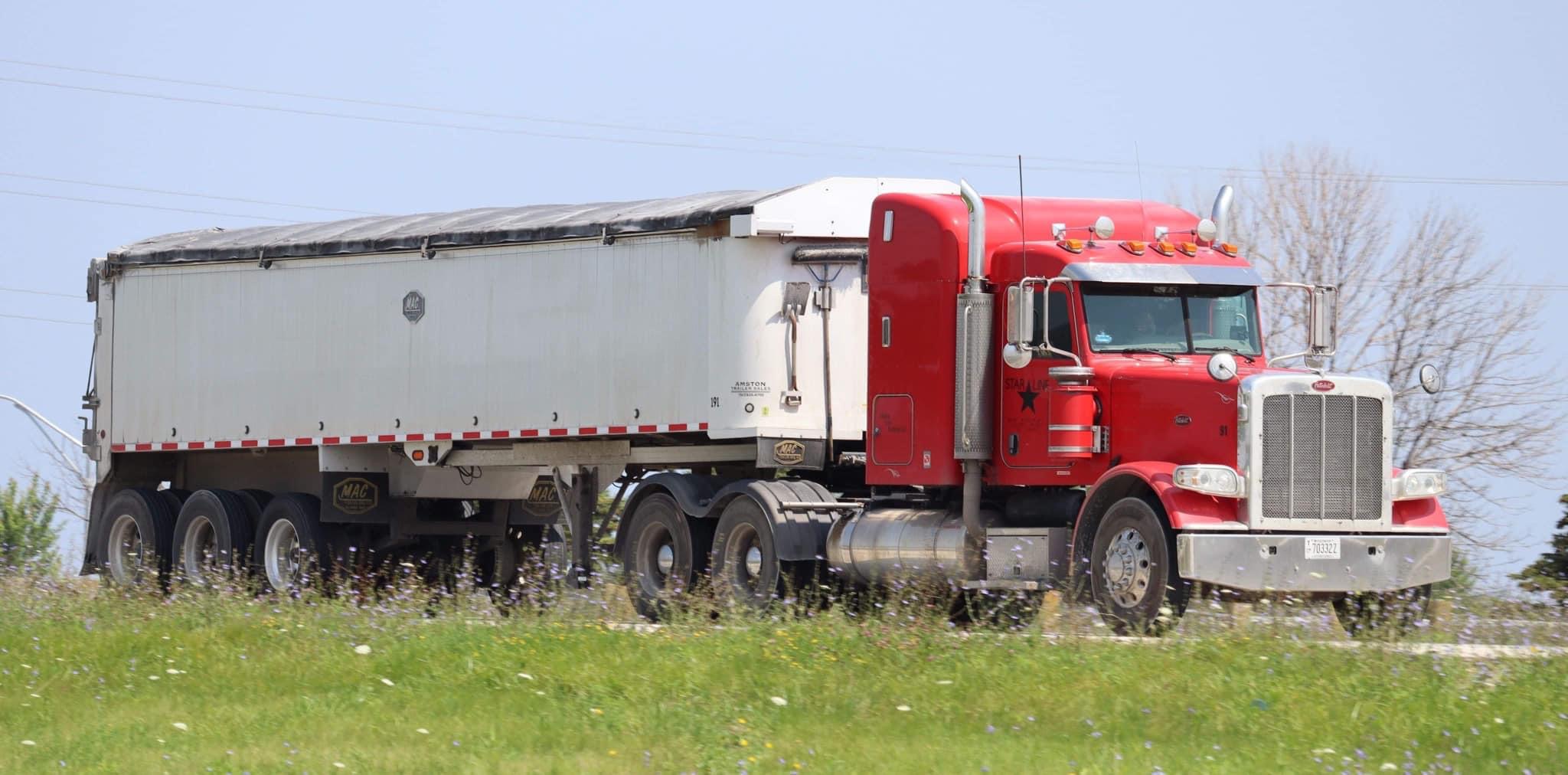Tire pressure maintenance is a crucial aspect of vehicle care that often goes overlooked. Properly inflated tires not only enhance fuel efficiency but also extend the life of your tires and improve overall driving safety. When tires are under-inflated or over-inflated, it can lead to uneven tire wear, reduced traction, and even potential blowouts.
Maintaining the right tire pressure is not just about safety. It also plays a significant role in environmental sustainability. Properly inflated tires can save a considerable amount of fuel, which translates to lower greenhouse gas emissions. This is particularly important for truck fleets, which cover extensive distances and can significantly benefit from optimized tire pressure.
At Fuel & Tire Saver Systems Company, LLC, we specialize in mobile onsite nitrogen tire inflation services in Virginia, Maryland, Pennsylvania, North Carolina, Tennessee, and Georgia. Our expert team visits truck fleets to inspect and inflate tires, ensuring maximum safety and efficiency. Request Fleet Pricing, Contact our office at (703) 429-0382, or email Mike.LoPresti@fuelandtiresaver.com.
Table of Contents
ToggleImportance of Regular Tire Checks

Regular tire checks are essential for maintaining optimal vehicle performance and safety. By routinely inspecting your tires, you can identify issues such as uneven wear, damage, and incorrect tire pressure before they become serious problems. Consistent checks can prevent unexpected breakdowns and costly repairs, ensuring that your vehicle remains in top condition.
One of the primary reasons for regular tire checks is to ensure that the tire pressure is within the manufacturer’s recommended range. Incorrect tire pressure can lead to a host of issues including poor fuel economy, reduced handling, and increased risk of tire blowouts. By maintaining the correct tire pressure, you can enhance fuel efficiency and prolong the life of your tires.
Additionally, regular tire inspections can help identify signs of wear and tear. Look out for tread depth, cracks, bulges, and any foreign objects lodged in the tire. These signs can indicate that your tires need to be replaced or repaired. Remember, a well-maintained tire not only improves vehicle performance but also significantly boosts safety on the road.
Integrating regular tire checks into your vehicle maintenance routine can lead to long-term benefits. It can help you avoid sudden tire failures and contribute to a smoother and safer driving experience. In the long run, this simple practice can save you both time and money.
Impact of Proper Tire Inflation on Fuel Efficiency

Proper tire inflation has a significant impact on fuel efficiency, making it a critical aspect of tire pressure maintenance. When tires are inflated to the manufacturer’s recommended pressure, they create less rolling resistance, which means the engine doesn’t have to work as hard to move the vehicle. This directly translates to better fuel economy and reduced fuel costs.
Under-inflated tires can increase rolling resistance, causing the engine to consume more fuel to maintain the same speed. According to the U.S. Department of Energy, for every 1 psi drop in tire pressure, gas mileage can decrease by about 0.2%. Over time, this can add up to a substantial increase in fuel consumption and costs, especially for fleet vehicles that cover long distances.
On the other hand, over-inflated tires can also negatively affect fuel efficiency and vehicle handling. While they may reduce rolling resistance slightly, they provide less traction and can wear out unevenly, leading to frequent replacements and additional costs. Therefore, maintaining the correct tire pressure is crucial for balancing fuel efficiency, safety, and tire longevity.
Regularly checking and adjusting tire pressure can lead to significant savings on fuel expenses. It’s a simple yet effective way to optimize the performance of your vehicle and contribute to a greener environment by reducing carbon emissions. Always refer to the vehicle’s owner manual or the tire placard for the recommended tire pressure, and consider using nitrogen inflation for more stable tire pressure over time.
How to Check and Adjust Tire Pressure

Knowing how to check and adjust tire pressure is essential for maintaining optimal tire performance and ensuring safety on the road. Here’s a step-by-step guide to help you through the process:
- Gather the necessary tools: You’ll need a reliable tire pressure gauge and an air pump. Digital gauges are generally more accurate than analog ones.
- Find the recommended tire pressure: Check the vehicle’s owner manual or the tire placard, usually located on the driver’s side door jamb, for the manufacturer’s recommended tire pressure.
- Check tire pressure when tires are cold: For the most accurate reading, measure tire pressure when the tires are cold, ideally in the morning before driving. Driving heats up the tires and can give a false high-pressure reading.
- Remove the valve cap: Unscrew the valve cap from the tire valve stem and keep it in a safe place.
- Use the tire pressure gauge: Press the gauge onto the valve stem firmly until you hear a slight hiss. The gauge will then display the tire pressure. Compare this reading to the recommended pressure.
- Adjust the tire pressure: If the tire pressure is too low, use an air pump to add air until you reach the recommended level. If it’s too high, press the valve stem to release some air and recheck the pressure.
- Replace the valve cap: Once the pressure is correct, screw the valve cap back onto the valve stem to keep out dirt and moisture.
- Repeat for all tires: Make sure to check and adjust the pressure for all four tires, and don’t forget the spare tire.
Regularly checking and adjusting tire pressure is a simple yet crucial task that can greatly enhance your vehicle’s performance, safety, and fuel efficiency. Make it a habit to inspect your tire pressure at least once a month and before long trips.
Common Myths About Tire Pressure

Despite the importance of maintaining correct tire pressure, many drivers fall prey to common myths that can lead to improper tire care. Let’s debunk some of these myths:
- Myth 1: The tire pressure listed on the tire is the recommended pressure. This is a common misconception. The pressure listed on the tire is the maximum pressure the tire can handle, not the recommended operating pressure. Always refer to the vehicle’s owner manual or tire placard for the correct pressure.
- Myth 2: You can eyeball tire pressure. Visually inspecting tires is not a reliable method for assessing tire pressure. Even if a tire looks properly inflated, it could be significantly under or overinflated. Always use a tire pressure gauge for accurate measurements.
- Myth 3: Underinflating tires improves traction. While slightly lower tire pressure might provide better traction in specific conditions, underinflating tires overall can lead to excessive tire wear, poor fuel efficiency, and increased risk of a blowout. Stick to the manufacturer’s recommended pressure for optimal performance.
- Myth 4: New tires don’t need to be checked. New tires can lose air just like older ones. It’s crucial to check the pressure of new tires regularly, especially during the first few weeks after installation.
- Myth 5: If one tire is low, you only need to fill that one. If one tire is significantly lower than the others, it could indicate a slow leak or other issue. It’s important to inspect all tires and ensure they are all inflated to the recommended pressure.
By understanding and rejecting these common myths, you can better maintain your tires, ensuring they remain in top condition and provide the best performance and safety for your vehicle.
Benefits of Using Nitrogen for Tire Inflation
Inflating your tires with nitrogen instead of regular air has several compelling benefits that contribute to the overall performance and longevity of your vehicle’s tires. Here are some of the key advantages:
- Improved Tire Pressure Retention: Nitrogen molecules are larger than oxygen molecules, making it more difficult for them to escape through the rubber. This results in more stable and consistent tire pressure over time.
- Enhanced Fuel Efficiency: Proper tire inflation plays a significant role in fuel efficiency. Nitrogen-filled tires maintain optimal pressure more effectively, which can lead to reduced rolling resistance and improved fuel economy.
- Longer Tire Life: Oxidation is a process that can degrade rubber over time. Since nitrogen is an inert gas and does not react with rubber, it helps in reducing the rate of tire degradation, thereby extending the lifespan of your tires.
- Improved Safety: Consistent tire pressure means better handling and reduced risk of blowouts. Nitrogen inflation ensures your tires are always at the optimal pressure, contributing to safer driving conditions.
- Environmental Benefits: With nitrogen inflation, the need for frequent tire replacements is reduced, which means fewer tires end up in landfills. Additionally, better fuel efficiency translates to lower carbon emissions, making it a more environmentally friendly option.
By incorporating nitrogen tire inflation into your maintenance routine, you can enjoy these benefits and more. Ready to experience the advantages of nitrogen tire inflation for your fleet? Request Fleet Pricing, contact our office at (703) 429-0382, or email Mike.LoPresti@fuelandtiresaver.com to learn more about our services.


